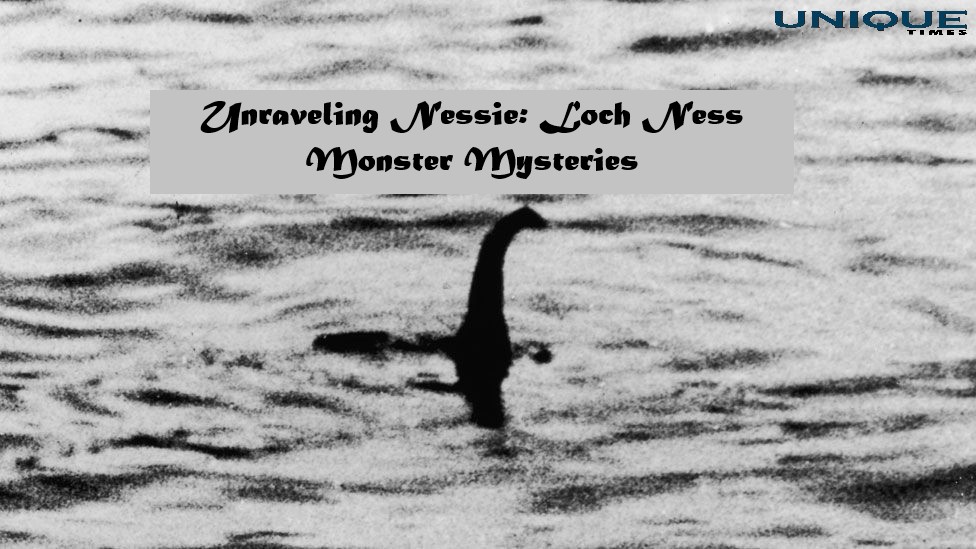Unraveling the Mystery: Stories and Alleged Sightings of the Loch Ness Monster

The legend of the Loch Ness Monster has captured the imaginations of people around the world for centuries. Nestled within the Scottish Highlands, Loch Ness is a vast and enigmatic body of water that holds the secrets of a creature said to lurk beneath its depths. In this blog, we delve into the fascinating stories and alleged sightings of the elusive Loch Ness Monster, exploring the origins of the myth and examining the evidence that continues to fuel the debate.
Origins of the Myth:
The tale of the Loch Ness Monster dates back to ancient times when Celtic mythology spoke of water spirits and mystical creatures inhabiting the lakes and rivers of Scotland. The story of “Nessie,” as the monster is affectionately nicknamed, likely evolved from these ancient legends, but it wasn’t until the 1930s that the modern-day legend truly took off.
The Surge in Sightings:
It was in 1933 when the first widely reported sighting of the Loch Ness Monster occurred. A local couple claimed to have seen an enormous creature with a long neck and humps emerging from the water. This sighting quickly made headlines, sparking a surge in interest and prompting further investigations.
Over the years, numerous other sightings were reported, some by reputable witnesses, including scientists, military personnel, and tourists. These accounts often described a creature resembling a plesiosaur, a prehistoric marine reptile believed to have gone extinct millions of years ago.
The Hunt for Evidence:
With mounting public interest, researchers and cryptozoologists set out to gather concrete evidence of the creature’s existence. Sonar scans, underwater cameras, and extensive expeditions were carried out to scour the depths of Loch Ness. However, the results remained inconclusive, leaving skeptics and believers locked in a perpetual debate.
The Hoaxes and Controversies:
As the legend of Nessie grew, so did the number of hoaxes and staged sightings. Some individuals sought to capitalize on the monster’s fame, faking photographs and accounts to attract media attention and tourists. These fraudulent incidents only added to the skepticism surrounding the monster’s existence, casting doubt on even the most genuine-seeming sightings.
Theories and Explanations:
Numerous theories have been proposed to explain the Loch Ness Monster sightings. Some believe that Nessie is a remnant population of plesiosaurs that survived extinction. Others speculate that the sightings could be attributed to large sturgeons, seals, or floating logs, creating optical illusions in the vast and mysterious waters of the loch.
The Legend Lives On:
Despite the lack of definitive evidence, the legend of the Loch Ness Monster remains firmly entrenched in popular culture. Nessie has become a beloved icon, representing the allure of the unknown and the thrill of discovery. Whether a flesh-and-blood creature or a collective creation of human imagination, the fascination with the Loch Ness Monster endures, drawing visitors from around the world to Loch Ness in hopes of catching a glimpse of the elusive enigma.
Conclusion:
The mystery of the Loch Ness Monster continues to captivate and enthrall, bridging the gap between reality and myth. The stories and alleged sightings of Nessie have become an integral part of Scottish folklore and a symbol of the unknown wonders that still lie hidden in the world around us. Whether the Loch Ness Monster is a tangible creature waiting to be discovered or a fantastical product of human imagination, one thing is certain – Nessie will forever hold her place as one of the most enduring mysteries of our time.
Picture Courtesy: Google/images are subject to copyright








